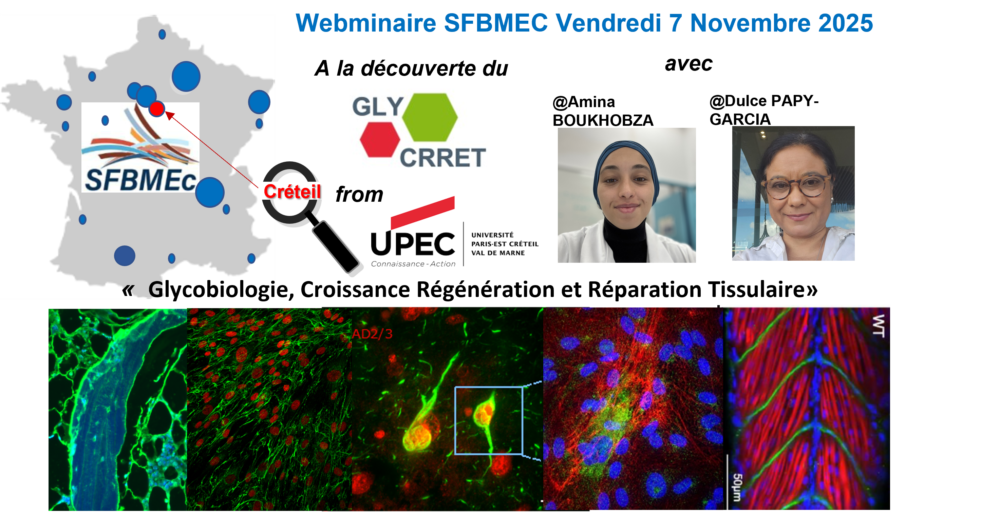François-Xavier Maquart by SINGER-POLIGNAC
Fifty years of connective tissue research: from the French Connective Tissue Club to the French Society for Extracellular Matrix Biology
François-Xavier Maquart
The history of connective tissue research began in the late 18th century. However, it is only 50 years later that the concept of connective tissue has formed. It took another fifty years before that, in the first half of the 20th century, the first biochemical knowledge of extracellular matrix macromolecules began to appear. In 1962, thanks to Ladislas and Barbara Robert, back from the United States, the first society called « French Connective Tissue Club » was created in Paris. The first board was constitued of Albert Delaunay, Suzanne Bazin and Ladislas Robert. Very quickly, under the influence of these pioneers, national and international meetings were organized and, in 1967, a “Federation of the European Connective Tissue Clubs” was created at the initiative of Ladislas Robert (Paris) and John Scott (Manchester). It spread rapidly to the major European nations. In 1982 the transformation of « Clubs » in « Societies » occurred, a name more in line with the requirements of the time. In 2008, the « French Connective Tissue Society » became the « French Society of Extracellular Matrix Biology » (“Société Française de Biologie de la Matrice Extracellulaire”, SFBMEc), to better highlight the importance of the extracellular matrix in the biology of living organisms. The SFBMEc today’s mission is to promote and develop scientific exchanges between academic, industrial, and hospital laboratories involved in research on the extracellular matrix. The SFBMEc organizes or subsidizes scientific meetings and awards scholarships to PhD students or post-docs to participate in international conferences. It includes 200 to 250 members from different disciplines, developing strong interactions between scientists, clinicians and pathologists. It is present all around the French territory in many research laboratories. During these last 50 years, the extraordinary advances made possible by the development of new investigation techniques, in particular molecular biology, cell and tissue imaging, molecular modeling, etc…, have permitted a considerable increase of the knowledge in the field of connective tissue.
